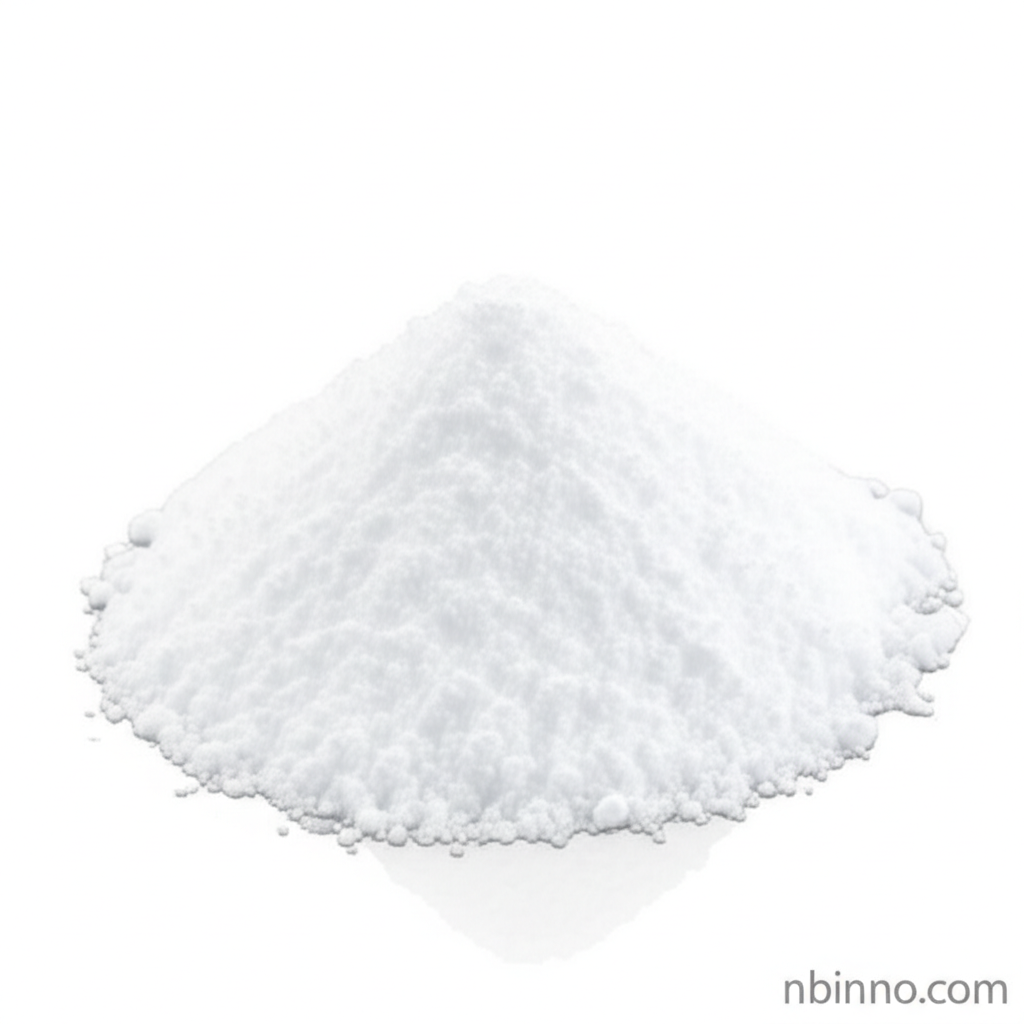O-tert-Butyl-L-serine: Your Essential Building Block for Advanced Peptide Synthesis
Unlock the potential of complex peptides with this crucial protected amino acid derivative for cutting-edge research and development.
Get a Quote & SampleProduct Core Value

O-tert-Butyl-L-serine
O-tert-Butyl-L-serine, identified by CAS 18822-58-7, is a vital modified amino acid renowned for its role in advanced chemical synthesis. Its unique structure, featuring a tert-butyl group attached to the hydroxyl of L-serine, imparts enhanced hydrophobic properties. This makes it an indispensable component in sophisticated applications such as peptide synthesis, where it aids in the creation of complex structures like glycopeptides and lipopeptides. Furthermore, its utility extends to solid-phase peptide synthesis (SPPS) as a protective strategy to prevent undesirable reactions like glutarimide formation, ensuring the integrity of the synthesized peptide chains. Researchers also leverage O-tert-Butyl-L-serine as a valuable building block in medicinal chemistry, exploring its potential to influence pharmacokinetic and pharmacodynamic properties of novel drug candidates. Its solubility in polar solvents and its role as a versatile intermediate underscore its significance in both academic research and industrial applications within the pharmaceutical and biotechnology sectors.
- Explore the advantages of using O-tert-Butyl-L-serine in your peptide synthesis projects to achieve higher purity and better structural control.
- Discover how this protected amino acid serves as a key building block in medicinal chemistry for developing new therapeutic agents.
- Learn more about the specific applications of O-tert-Butyl-L-serine in solid-phase peptide synthesis (SPPS) to enhance efficiency and prevent side reactions.
- Understand the chemical properties and handling of CAS 18822-58-7, vital information for its effective utilization in research and development.
Key Advantages
Enhanced Synthesis Control
Leverage the protective tert-butyl group to meticulously control peptide chain elongation, crucial for complex peptide synthesis workflows.
Medicinal Chemistry Versatility
Utilize O-tert-Butyl-L-serine as a foundational component in medicinal chemistry for designing novel molecules with potentially improved biological activity and drug-like properties.
Reliable SPPS Intermediate
The strategic use of this protected amino acid for peptide synthesis in SPPS workflows significantly reduces the risk of side reactions, ensuring higher yields and purity of target peptides.
Key Applications
Peptide Synthesis
Integral to the creation of complex peptides, including glycopeptides and lipopeptides, ensuring precise structural formation.
Medicinal Chemistry
Serves as a critical building block for synthesizing new chemical entities with potential therapeutic applications, impacting drug discovery.
Solid-Phase Peptide Synthesis (SPPS)
Used to protect the serine hydroxyl group, preventing side reactions and improving the efficiency of automated peptide synthesis.
Biochemical Research
A versatile reagent for academic and industrial research, enabling studies on protein structure, function, and the development of novel biomaterials.
Related Technical Articles & Resources
Why Choose Us?
Leverage our expertise and state-of-the-art infrastructure to accelerate your journey from discovery to commercial success.
Global Experience
With 20 years of R&D, manufacturing, and sales experience, we proudly serve clients across 60 countries and regions worldwide.
Advanced Facilities
Our in-house R&D laboratory, pilot platform, and large-scale production workshop are equipped to meet the audit requirements of global customers.
Seamless Scalability
We facilitate a perfect transition from small-scale lab requirements (grams) to full commercialization (hundreds of tons).
